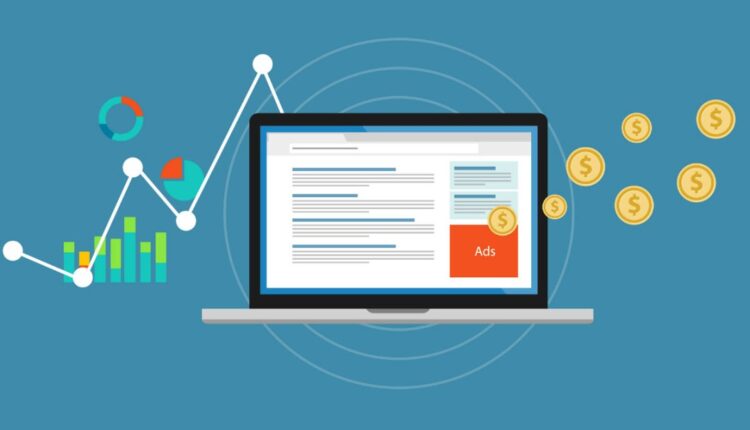In the world of digital marketing and online advertising, maximizing revenue is a top priority for publishers and advertisers alike. Yield advertising is a strategy that helps publishers optimize their ad revenue by managing and selling their ad inventory more effectively. This article will explain what yield advertising is, how it works, and why it’s important for both publishers and advertisers.
What is Yield Advertising?
Yield advertising refers to the process of optimizing the revenue generated from ad inventory by using various strategies and technologies. It involves analyzing and managing how ads are sold and displayed to ensure that publishers make the most money possible from their available ad space. Essentially, yield advertising aims to “yield” the highest possible revenue from each ad impression.
How Does It Work?
Yield advertising involves several key components and strategies to optimize ad revenue:
- Ad Inventory Management: Publishers have a limited amount of ad space on their websites or apps. Yield advertising helps manage this inventory by determining the best way to sell and display ads to maximize revenue.
- Dynamic Pricing: Yield advertising often involves dynamic pricing models where ad prices can change in real-time based on demand and other factors. This approach ensures that publishers can take advantage of high-demand periods and adjust prices accordingly.
- Ad Networks and Exchanges: Publishers typically work with ad networks and exchanges to sell their ad inventory. Yield advertising helps optimize these relationships by choosing the best networks and exchanges to maximize revenue.
- Data Analysis and Optimization: Yield advertising relies heavily on data analysis. Publishers analyze data on ad performance, user behavior, and market trends to make informed decisions about pricing, inventory management, and ad placement.
- Programmatic Advertising: This technology automates the buying and selling of ad inventory using algorithms and real-time bidding (RTB). Programmatic advertising plays a crucial role in yield advertising by optimizing ad placement and pricing in real-time.
Key Strategies in Yield Advertising
Several strategies are commonly used in yield advertising to optimize revenue:
- Header Bidding: This technique involves placing bids for ad inventory before the ad request is sent to ad servers. By allowing multiple demand sources to bid simultaneously, header bidding can increase competition and drive up ad prices.
- Floor Pricing: Floor pricing sets a minimum price that advertisers must pay to place ads on a publisher’s site. This strategy helps ensure that publishers do not sell their ad space for less than it is worth.
- Ad Quality Control: Ensuring that only high-quality ads are displayed can improve user experience and increase the likelihood of higher CPM (cost per thousand impressions) rates. Yield ad strategies often involve monitoring and controlling ad quality.
- Audience Segmentation: By segmenting their audience and targeting specific user groups, publishers can increase the value of their ad inventory. Yield advertising uses audience data to tailor ad placements and pricing to different audience segments.
- A/B Testing: This involves experimenting with different ad formats, placements, and pricing strategies to determine which combinations yield the best results. A/B testing helps publishers refine their yield ad strategies over time.
A Look Into The Benefits
Yield advertising offers several benefits for publishers and advertisers:
- Increased Revenue: By optimizing ad inventory and pricing strategies, publishers can significantly increase their ad revenue. Yield advertising helps ensure that they get the highest possible return on their ad space.
- Better Ad Targeting: Yield ad strategies often involve advanced data analysis and audience segmentation, leading to more effective ad targeting. This can result in higher engagement rates and better performance for advertisers.
- Improved User Experience: By controlling ad quality and placement, publishers can enhance the overall user experience. This can further lead to increased user satisfaction and retention.
- Enhanced Market Insights: Yield ads provide valuable data on ad performance, user behavior, as well as market trends. This information can help publishers and advertisers make more informed decisions and improve their strategies.
Challenges of Yield Advertising
Despite its benefits, yield ads also comes with some challenges:
- Complexity: Managing ad inventory and optimizing revenue can be complex and require advanced technologies and expertise. Publishers may need to invest in specialized tools and resources in order to effectively implement the strategies.
- Data Privacy: With increasing concerns about data privacy and regulations such as GDPR and CCPA, publishers and advertisers must be careful to comply with privacy laws while using data for yield advertising.
- Ad Fraud: Ad fraud can undermine its effectiveness by generating fake impressions or clicks. Publishers and advertisers must implement measures in order to detect and prevent fraud.
- Market Competition: The competitive nature of the online advertising market means that publishers must continually adapt their strategies in order to stay ahead of competitors and maximize revenue.
Conclusion

Yield advertising is a powerful strategy for optimizing ad revenue and managing ad inventory. By using techniques such as dynamic pricing, header bidding, and programmatic advertising, publishers can maximize their earnings and improve the overall effectiveness of their ad campaigns. While there are challenges to overcome, the benefits of indeed make it a valuable tool for publishers and advertisers looking to achieve better results in the competitive world of online advertising.
Frequently Asked Questions (FAQs)
1. What is yield advertising?
It is the process of optimizing ad revenue by managing ad inventory and using strategies such as dynamic pricing and programmatic advertising.
2. How does header bidding improve it?
Header bidding increases competition for ad inventory by allowing multiple demand sources to bid simultaneously, which can drive up ad prices.
3. What is dynamic pricing in yield advertising?
Dynamic pricing adjusts ad prices in real-time based on demand and other factors, thus helping publishers maximize revenue from high-demand periods.
4. What are some common challenges associated with it?
Common challenges include managing complexity, complying with data privacy laws, detecting ad fraud, and also staying competitive in the market.


